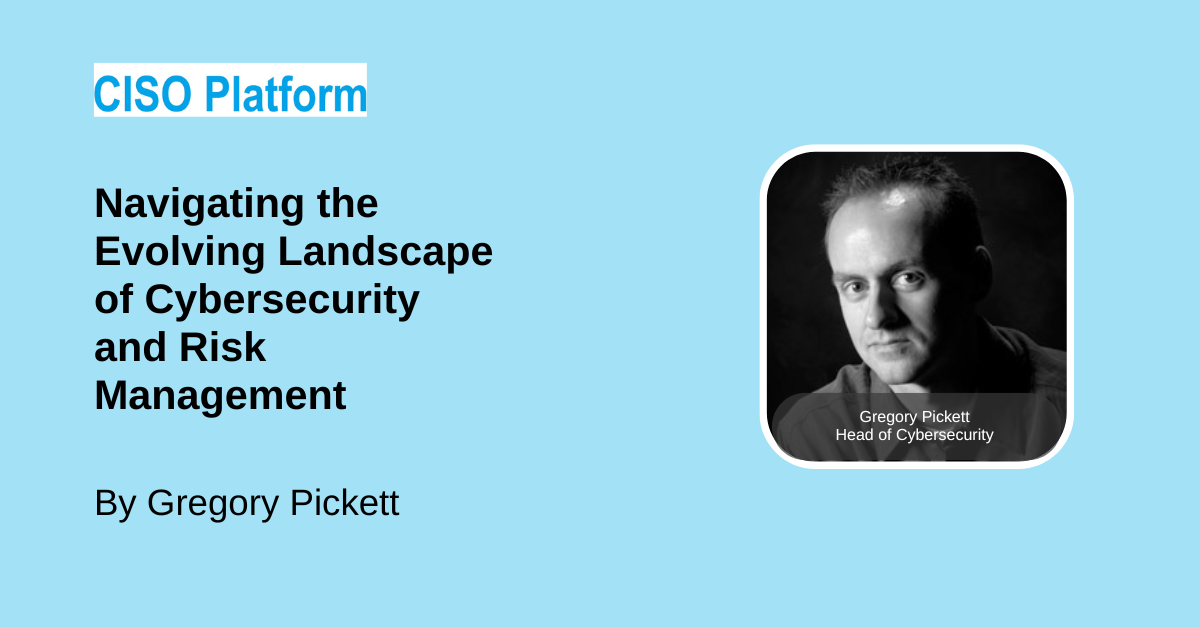This discussion offers a comprehensive exploration of cybersecurity challenges, from user-level vulnerabilities to strategic risk management practices. By dissecting real-world incidents and industry insights, it sheds light on the evolving nature of cyber threats and the imperative for adaptive security strategies.
Here is the verbatim discussion:
So right like as a hacker can't use that attack them so it would seem to them that everything is fine that that they're right they have a VPN client all right and if you got a user with that password someone steals that password you can just go ahead and and I did this and installed the VPN client on on my hacker workstation logged in using the VPN client to the network there I am what happened to your zero trust hacker device wasn't authenticated right you weren't then implementing zero trust was not about the user it's also the device right it's authenticating important key engineer was hacked fishing attack and we'll talk about that as well as why it's so important to mention that uh and why and how that's related to web 3 and protecting web 3 not public again it's fishing attack on the key engineer they were lacking cyber SEC fundamentals and it's not uh what you may think and it's not secured awareness buying products to solve problems instead of mastering the Cy SEC fundamentals now what person did who knows what all may happened in the end what they get away with also who knows they found this I believe through threat intelligence right through threat intelligence and threat hunting and why do I say that because they really had not a lot of information on how this happened uh without a lot of information how can you do attribution and they did level and also from the management level risk management right uh additional controls Insurance all sorts of things to handle at that level you know strategy planning preparation practice of things especially around instant response tools will broad you know tools set will broaden not only to give more options at the technical level but also at the management level and again I said you know strategies will evolve right they'll begin to to understand that the things are happening they'll begin to plans to improve and things will turn out better I don't think people realize how bad it was in the early days of traditional Banks right it was very very bad Banks got robbed all the time but critical mass was hit people learned how to do it better we don't have that problem with banks anymore now.
Highlights:
Exploiting VPN Credentials: A hacker's account underscores the limitations of relying solely on user authentication, highlighting the ease with which VPN credentials can be exploited to gain unauthorized access. This narrative challenges the efficacy of zero trust models and emphasizes the importance of device-level authentication.
Phishing Attack on Key Engineer: The disclosure of a phishing attack targeting a key engineer serves as a cautionary tale, emphasizing the criticality of cybersecurity fundamentals and awareness. It prompts reflection on the pitfalls of relying solely on product solutions and the necessity of mastering cybersecurity fundamentals.
Evolving Risk Management in Web3: The discussion extends to the realm of web3, where traditional techniques like phishing attacks continue to pose significant threats. Attribution through threat intelligence underscores the importance of proactive threat detection, while the integration of advanced risk management practices at the management level reflects the industry's adaptation to emerging cyber risks.
This discourse highlights the multifaceted nature of cybersecurity challenges and the importance of holistic approaches in mitigating cyber risks. By addressing vulnerabilities at both the user and management levels, organizations can fortify their defenses and proactively adapt to the evolving threat landscape. It emphasizes the continual evolution of cybersecurity strategies, from mastering fundamentals to implementing advanced risk management practices, as essential components in safeguarding digital assets and ensuring resilience against cyber threats.


Comments